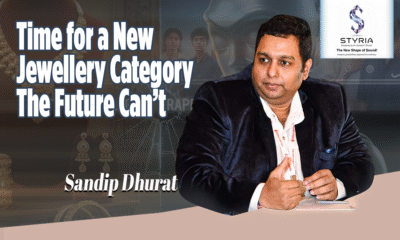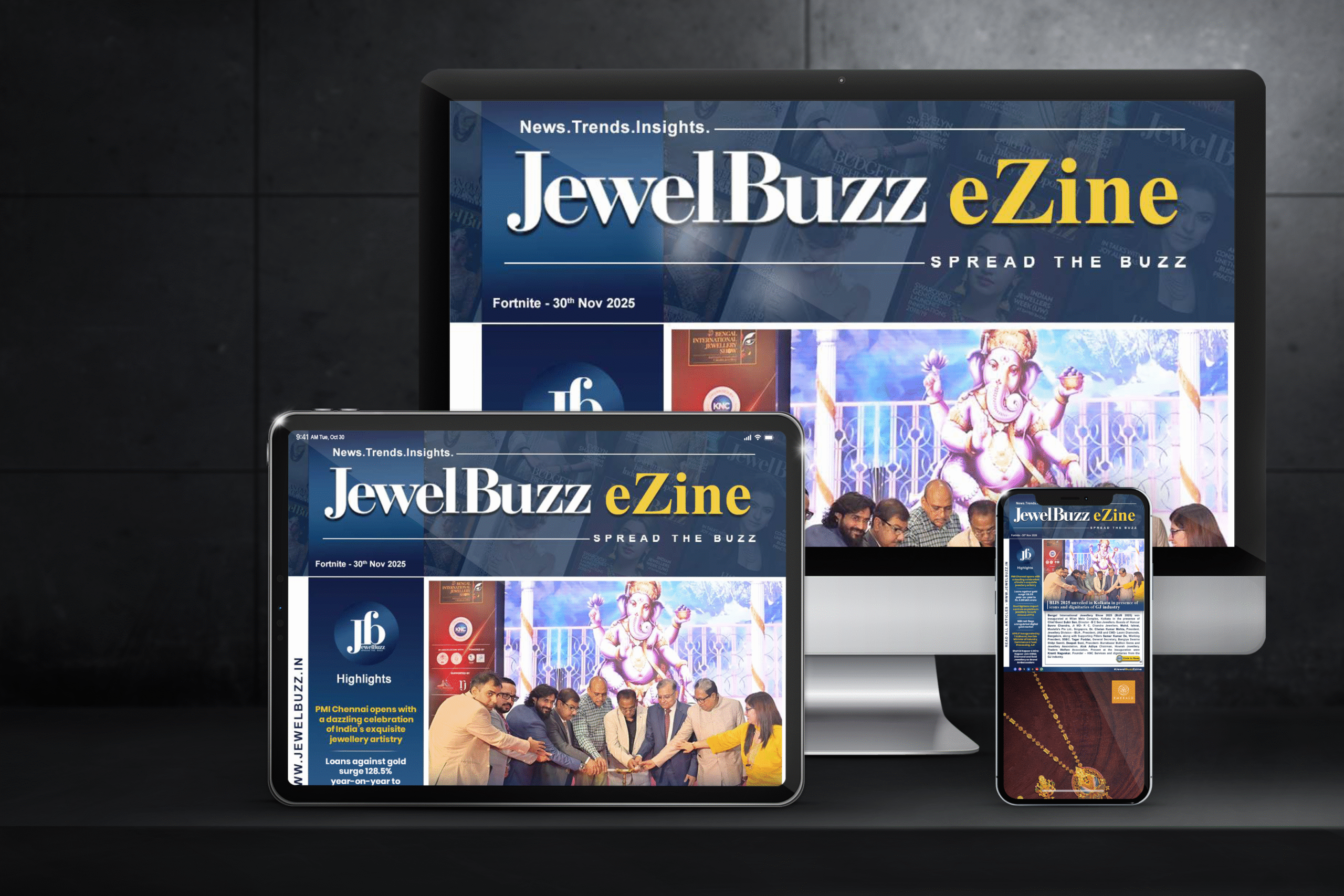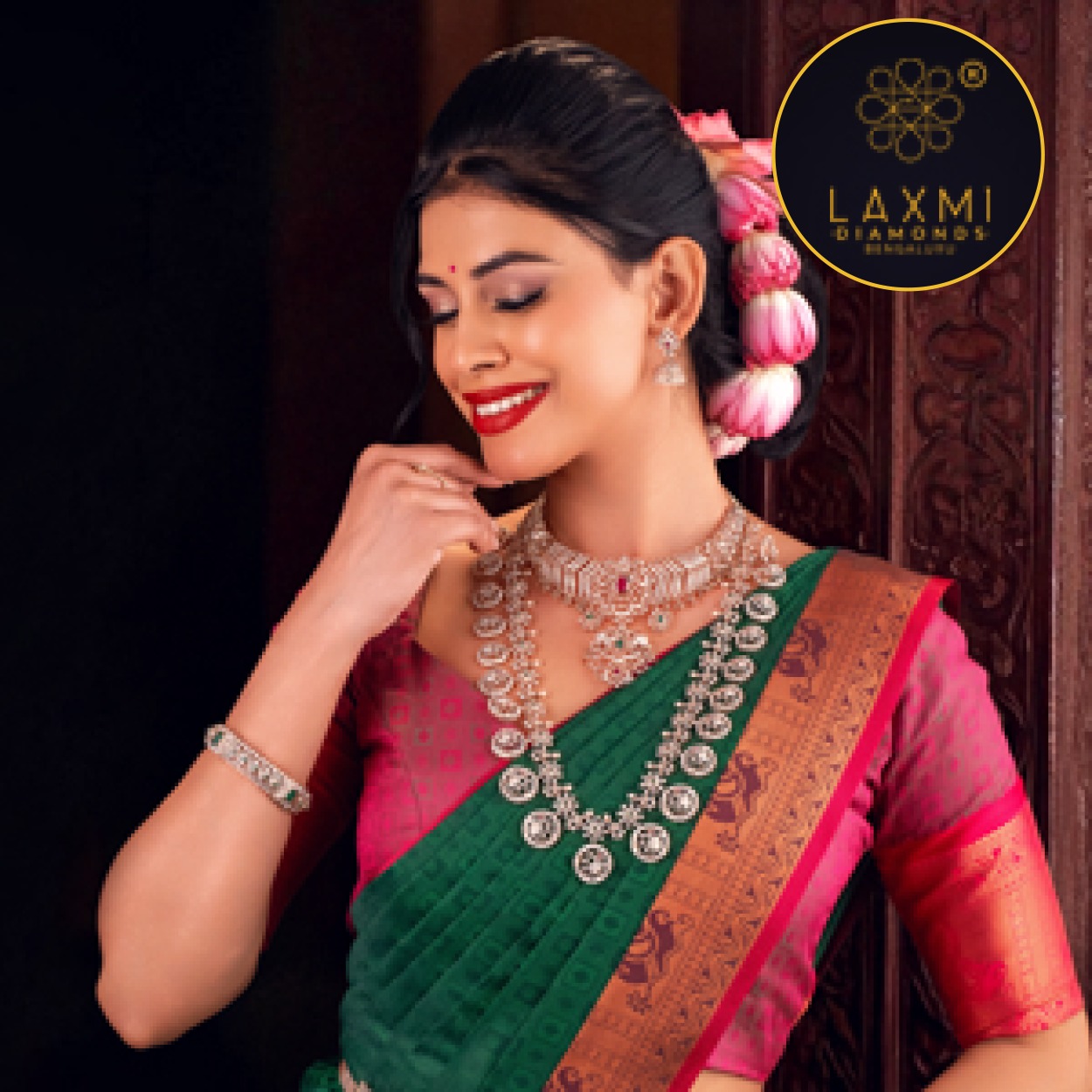Feature
How “green” are LGDs?
Sustainability is a major bone of contention in the ongoing battle between mining companies and LGD/synthetic-diamond producers. The latter have generally pitched their product as a greener alternative to natural diamonds, while the former contend that these claims are exaggerated or even false.
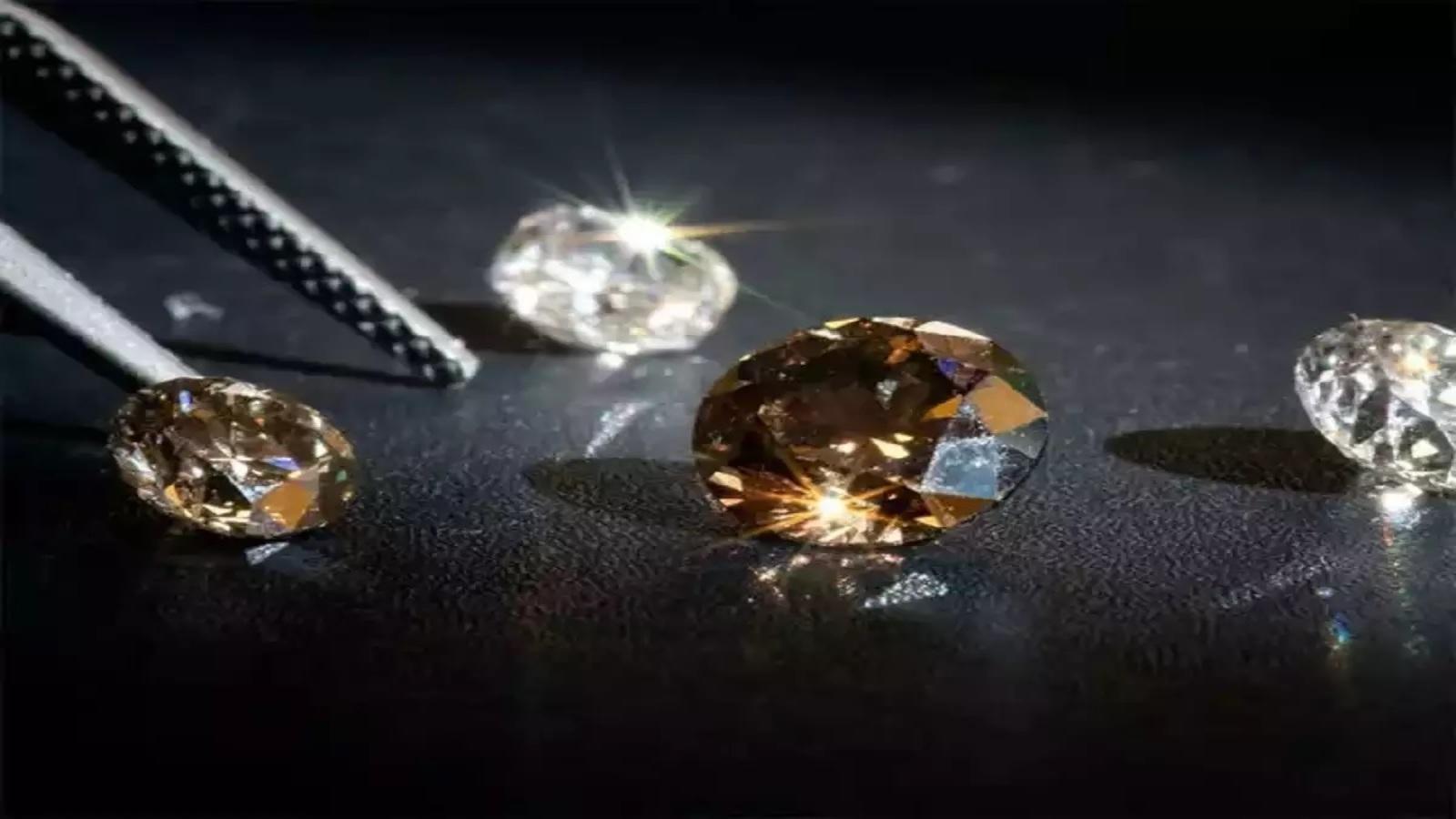
Sustainability is a major bone of contention in the ongoing battle between mining companies and LGD/synthetic-diamond producers. The latter have generally pitched their product as a greener alternative to natural diamonds, while the former contend that these claims are exaggerated or even false.
Given the high financial and emotional costs, it’s critical for diamond brands to help consumers discern between what’s green and what greenwashing is. And LGD may not all be as environmentally or socially friendly as they seem.Not all man-made stones have the same carbon footprint, miners argue, adding that descriptions of lab-grown as “mining-free” are untrue, since elements of the creation process — such as the reactor — rely on mined materials.
“It is also not possible to make a simplistic general comparison between natural diamonds and laboratory-grown diamonds,” states the recent Diamond Facts report from the Natural Diamond Council (NDC). “Each category has a range of production processes, geographical locations, power sources, productivity capabilities, and sustainability practices.”
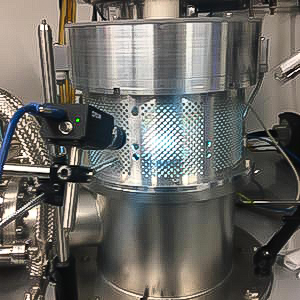
Even the carbon footprint of a given lab-grown diamond can vary wildly, according to environmental, social and governance (ESG) consultancy Sphera. If the producer uses renewable energy, a chemical vapor deposition (CVD) stone can generate as little as 17 kilograms of carbon dioxide equivalent (CO2eq) per polished carat, whereas one from a non-carbon-neutral facility in India — where the electric grid is heavily dependent on coal — can yield 260 kilograms per carat.
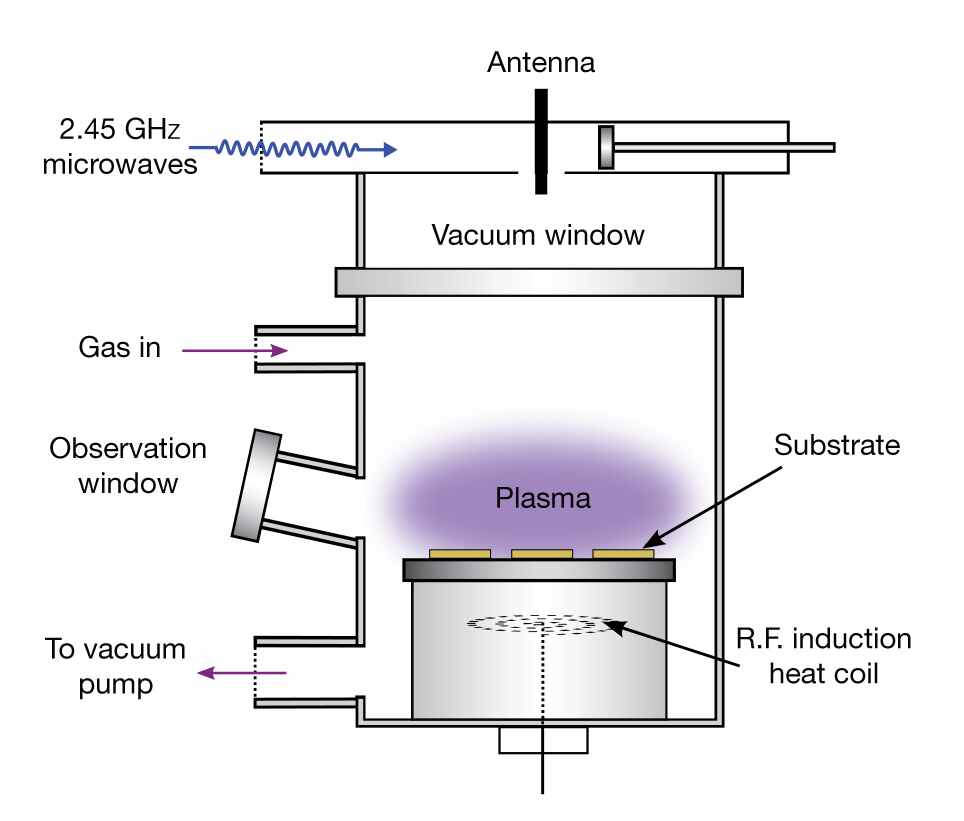
Truth is, science is simply not able to justify the claim that a lab-grown diamond is netting positive, or even neutral impact on the environment as of today. Like fast fashion, lab-grown diamonds can be made in weeks, or even days, and in unlimited quantities—while it takes billions of years to craft a single natural diamond.
The US Federal Trade Commission (FTC) is currently revising its Green Guides for marketing sustainable goods, and this will likely have an impact on how lab-grown and natural diamond producers present their products. FTC Green Guides explicitly discourages “broad, unqualified general environmental benefit claims like ‘green’ or ‘eco-friendly,’ ” as they are “difficult to substantiate, if not impossible.” Perhaps for this reason, the more circumspect lab-grown companies tend to use word sustainable.
Feature
Festive Season Forecast: Jewellery Trends Driving Consumer Demand in 2025
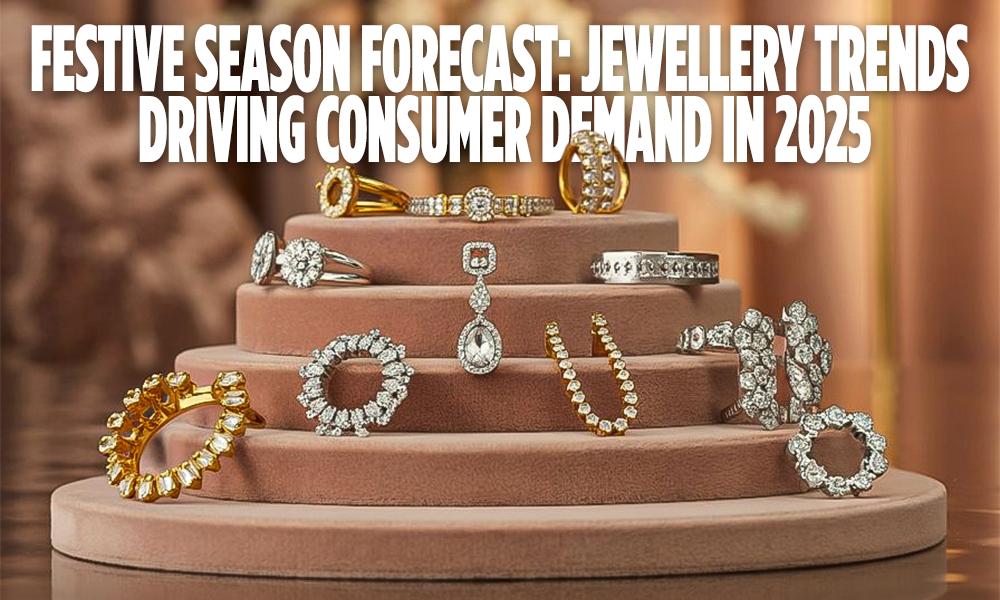
As India steps into its most vibrant and commercially significant stretch of the calendar—up to December 2025—the jewellery industry is entering a golden window of opportunity. This festive quarter, often referred to as the “glitter quarter”, consistently delivers a surge in consumer spending, driven by cultural traditions, weddings, and gifting rituals deeply rooted in Indian festivities.
However, in 2025, this high-potential period is set against a backdrop of evolving consumer behaviours, digitally influenced preferences, and a growing desire for emotional storytelling and value-driven purchases. Today’s buyers—particularly millennials and Gen Z—are no longer drawn solely to grandeur; they’re seeking jewellery that reflects personal meaning, functionality, and modern aesthetics, all while staying rooted in tradition.
For manufacturers, retailers, and designers, the months ahead present not just the chance to capitalise on demand, but to build brand loyalty and capture a new generation of customers. Here’s a strategic breakdown of the key jewellery trends that are poised to shape consumer choices this festive season.
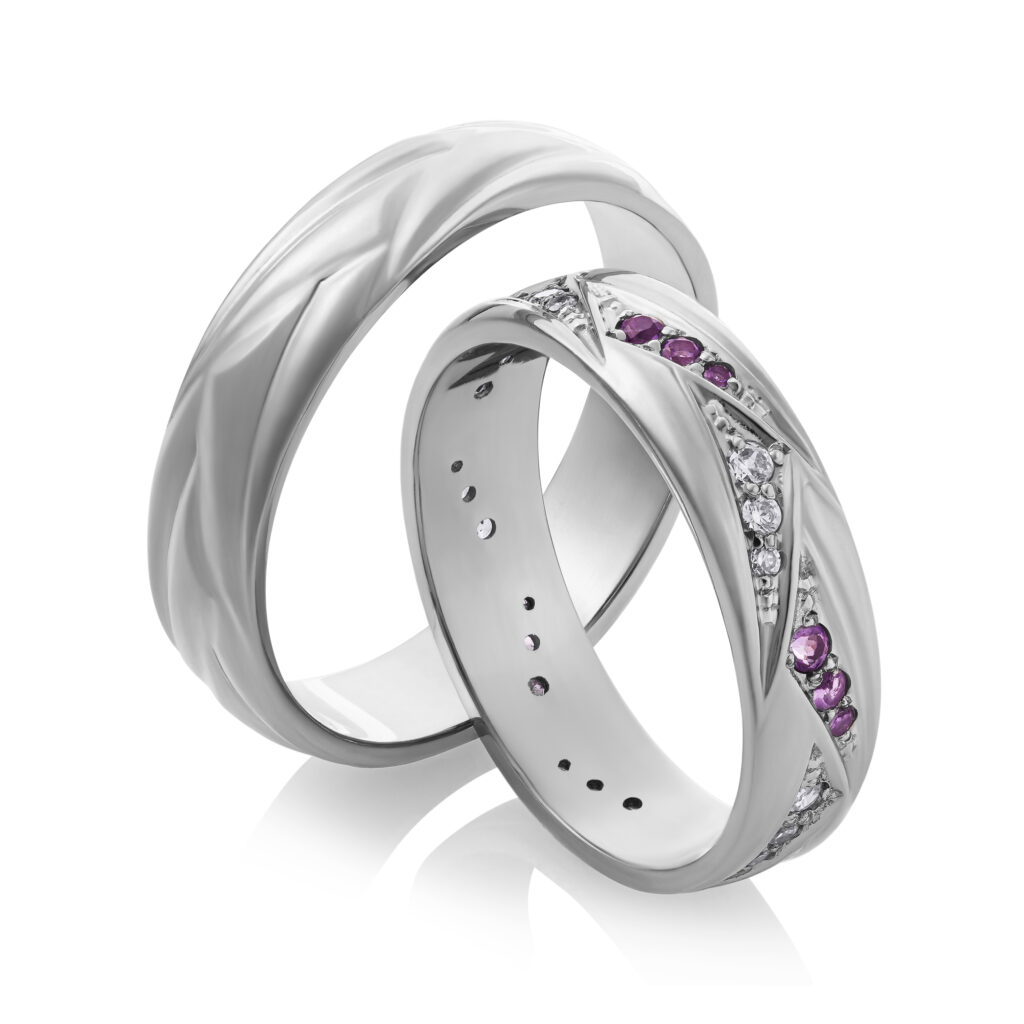
Beautiful pair of white gold wedding rings with gems, isolated. The photo was taken by stacking
1. Platinum Gifting Takes Centre Stage
Platinum is increasingly being viewed as a gifting essential—especially during festivals and wedding occasions. The metal’s positioning around 95% purity, emotional symbolism, and modern minimalism appeals strongly to Gen Z and millennial buyers. Retailers are advised to stock contemporary, lightweight platinum SKUs suited for daily wear and festive gifting.
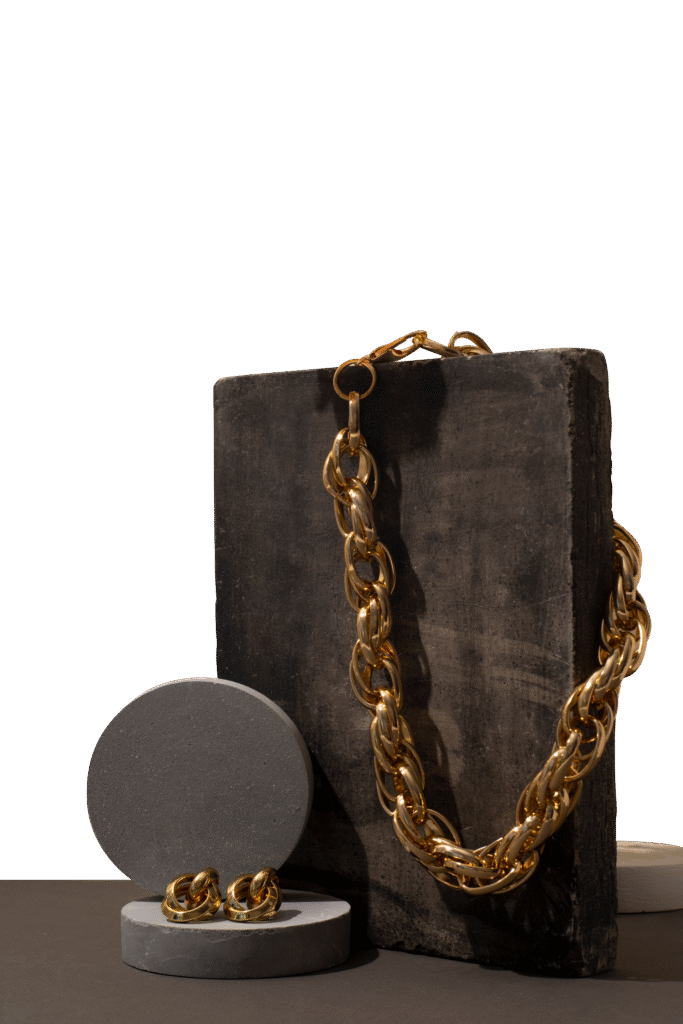
2. Gold Reimagined with Bold Forms
While gold remains a traditional favourite, the demand is moving towards bold and stylised interpretations—think chunky necklaces, oversized earrings, temple motifs, and stackable bangles. Manufacturers should take note of the rising interest in regional craftsmanship, particularly South Indian temple work, Rajasthani filigree, and Bengali gold designs.
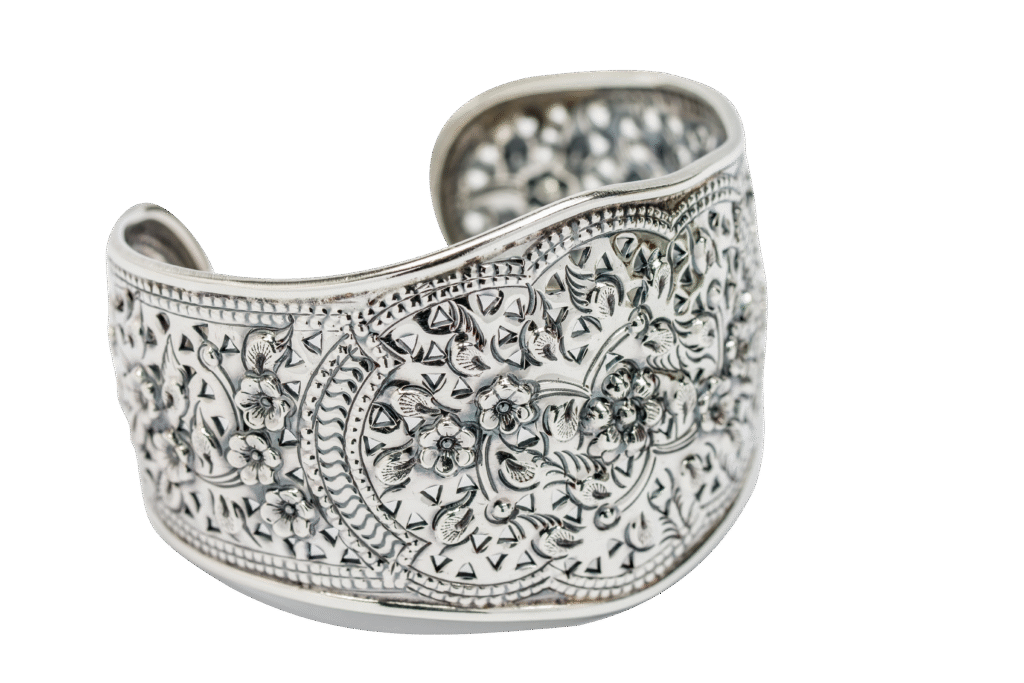
3. Silver Moves Beyond Utility
Silver jewellery is no longer confined to budget-conscious segments. With increased consumer appetite for oxidised, handcrafted, and tribal-inspired silver, the metal is gaining relevance for festive season. Quick-to-market silver collections and festive-themed SKUs (like silver rakhis or gift sets) are recommended for retailers looking to tap into this high-volume category.
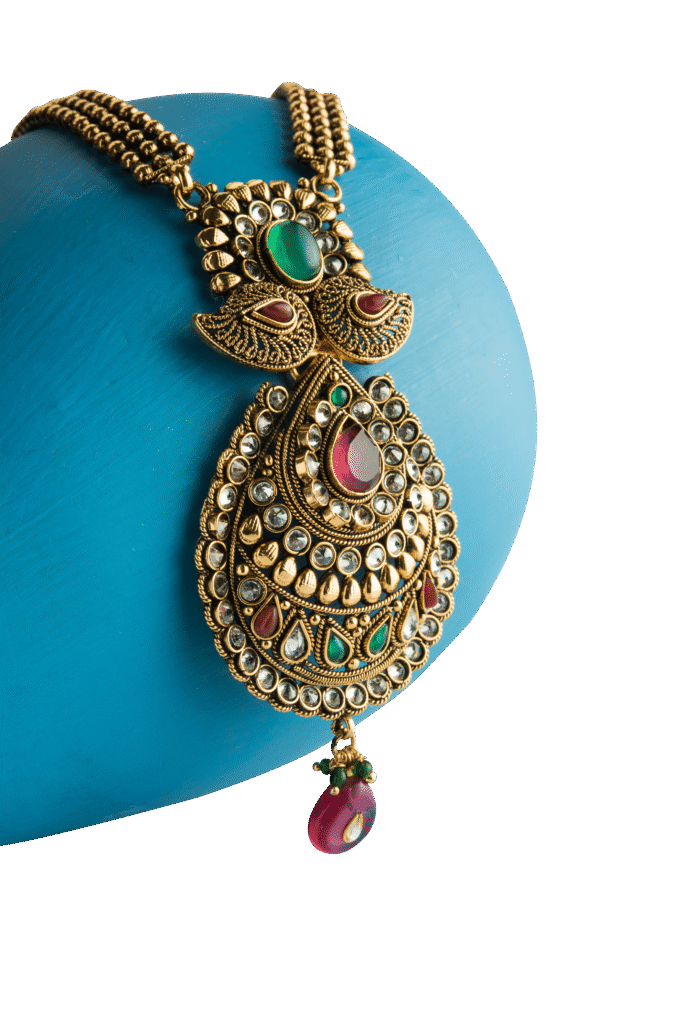
4. Gemstone & Polki Resurgence
Coloured gemstone jewellery—particularly with emeralds, rubies, and sapphires—is expected to see a spike in demand, especially in the bridal and occasionwear segment. At the same time, uncut Polki diamonds remain a go-to for high-value festive purchases and winter weddings. Retailers should consider curating colour-based collections to align with seasonal fashion palettes and rituals.
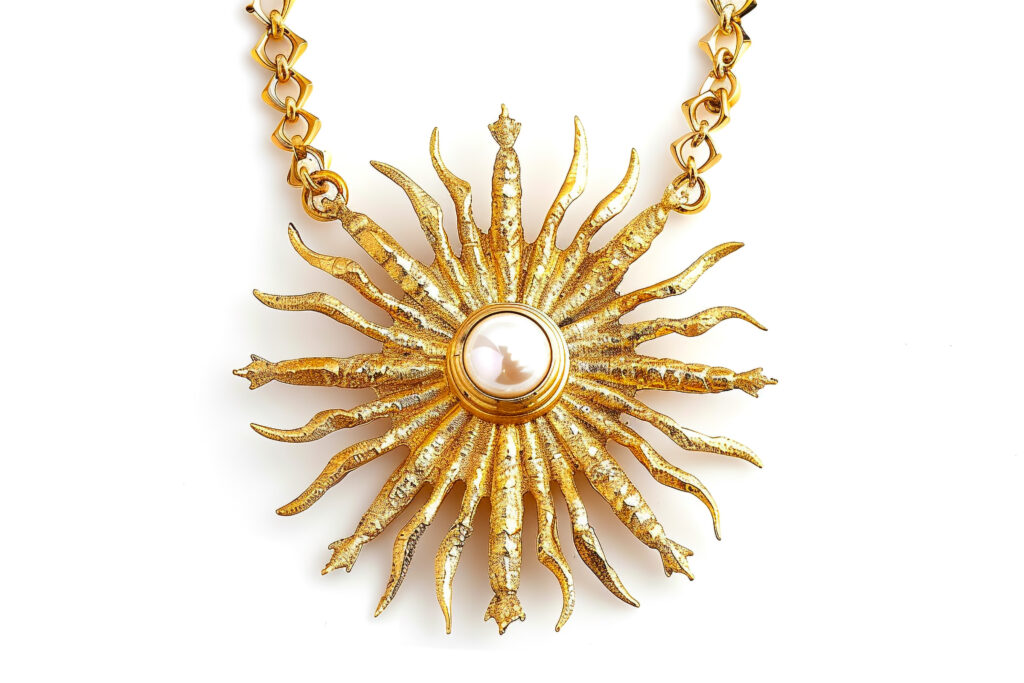
5. Personalised & Symbolic Designs
From zodiac and birthstone jewellery to initial charms and spiritual symbols, personalised jewellery is becoming a key purchase driver. Consumers are seeking pieces that hold emotional meaning. Modular charms, talismans, and symbolic pendants are strong SKUs to include in festive lines.
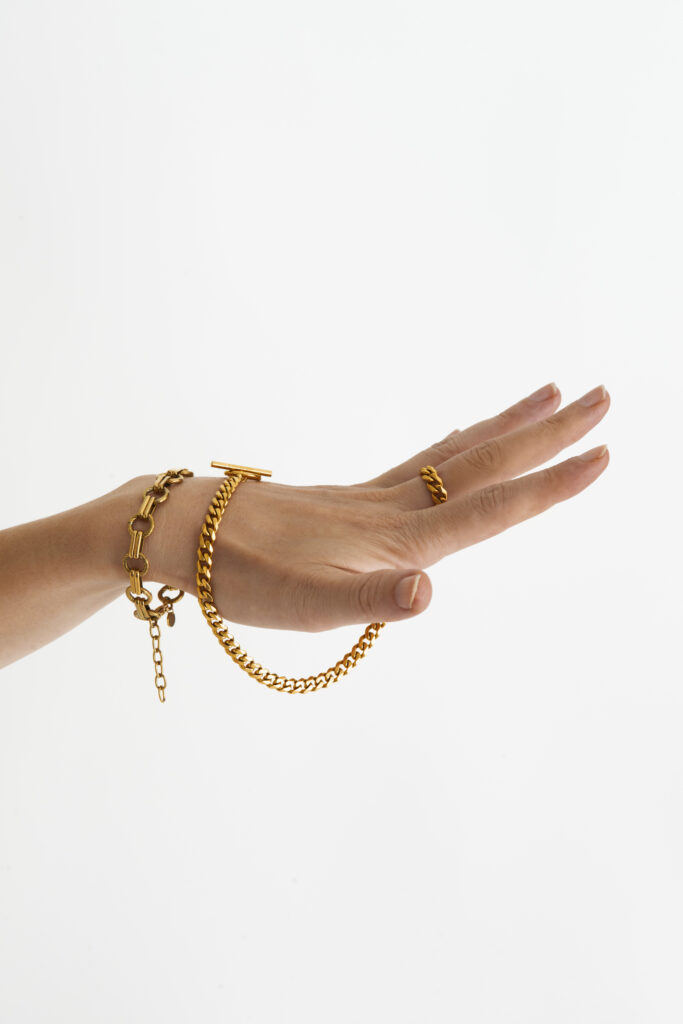
6. Versatile, Convertible Pieces in Demand
Today’s consumers are value-conscious and expect multi-wear options from their jewellery. Detachable elements, reversible pendants, and modular earrings are growing in popularity. Manufacturers should prioritise design innovations that enhance versatility, especially for mid- to high-ticket items targeted at festive buyers.
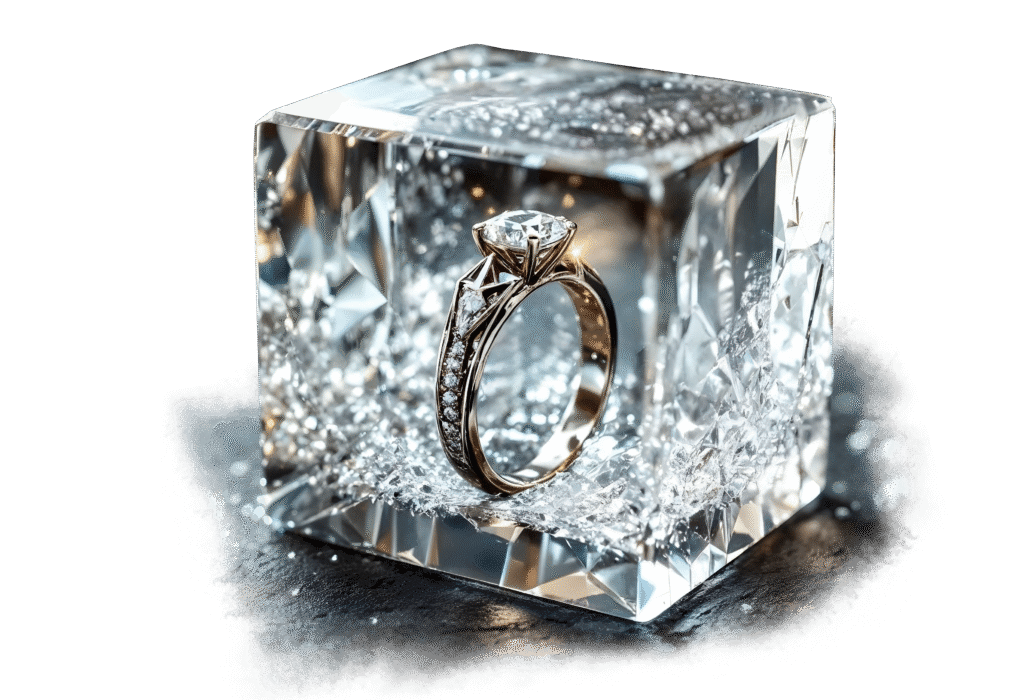
7. Lab-Grown Diamonds Gain Momentum
Lab-grown diamond (LGD) jewellery is becoming mainstream across gifting, self-purchase, and bridal categories. With price advantages, ethical positioning, and increasing availability, LGDs are expected to perform well this season—particularly for Diwali gifts, anniversaries, and Christmas promotions. Retailers should integrate LGD collections with aspirational storytelling and certification to build trust.
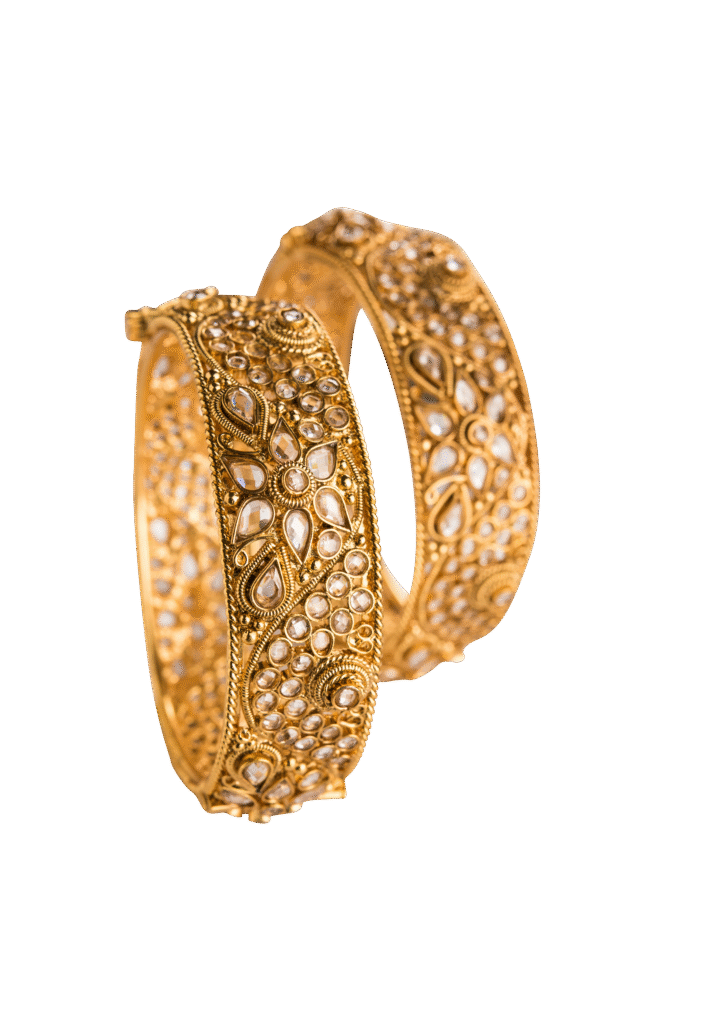
8. Fusion Styling Leads Design Direction
With consumers blending ethnic and Western wear, jewellery too is evolving. Designs that bridge traditional craftsmanship with contemporary aesthetics are key—think kundan chokers with Indo-western gowns, jadau studs with power suits, and meena work bangles with cocktail saris. This crossover appeal offers significant scope for brands to expand their design language.
-

 BrandBuzz9 hours ago
BrandBuzz9 hours agoMCA raises “small company” thresholds – up to ₹10 cr capital & ₹100 cr turnover from 1st December 2025, major relief for jewellery trade
-

 JB Insights9 hours ago
JB Insights9 hours agoWomen Leaders Driving the Luxury Renaissance
-

 National News13 hours ago
National News13 hours agoSHINESHILPI Announces the Launch of The Shine House, India’s Biggest B2B Jewellery Hub
-

 National News12 hours ago
National News12 hours agoTalla Jewellers Successfully Hosts Free Health Checkup Camp with Fortis Escorts Amritsar and Live For Others Foundation






